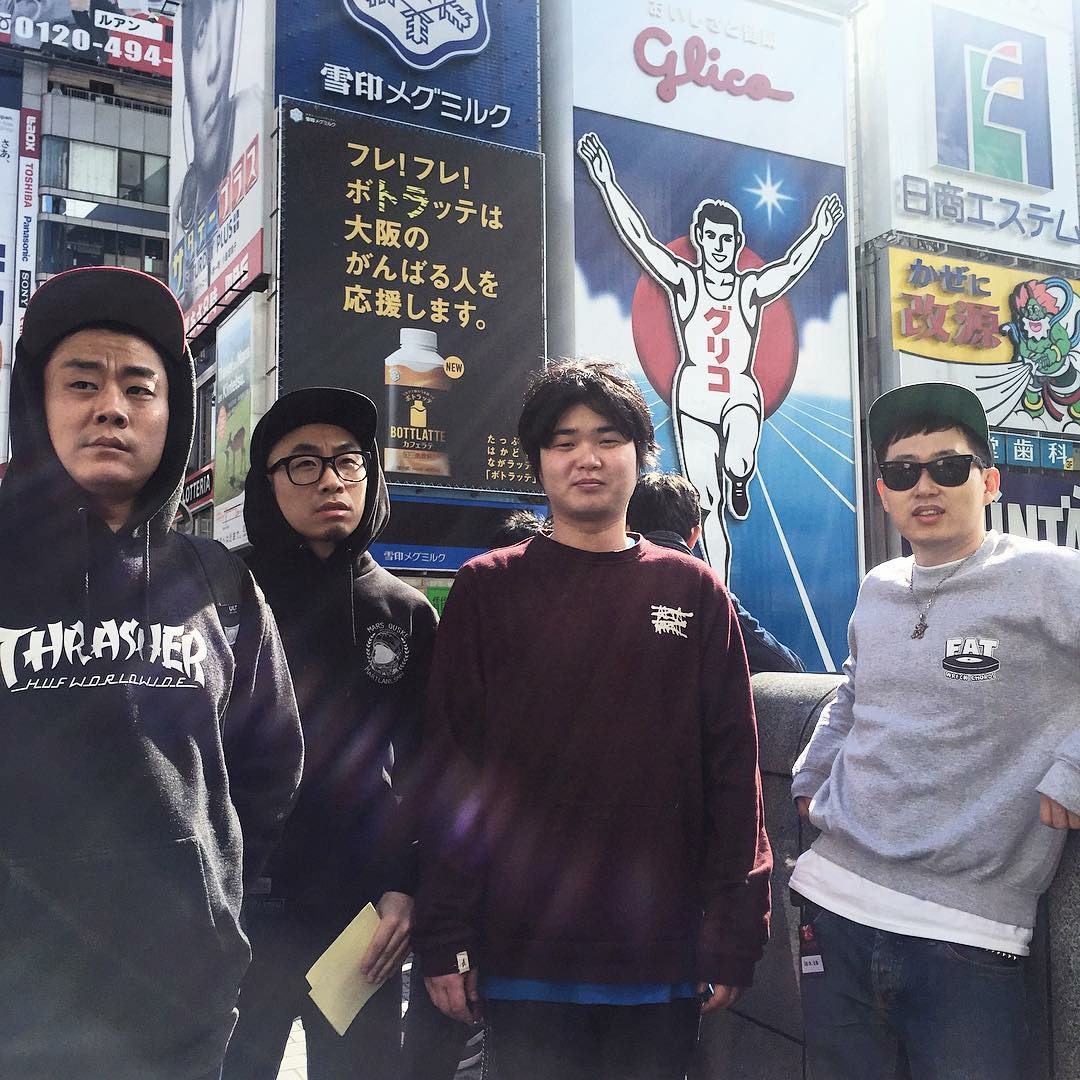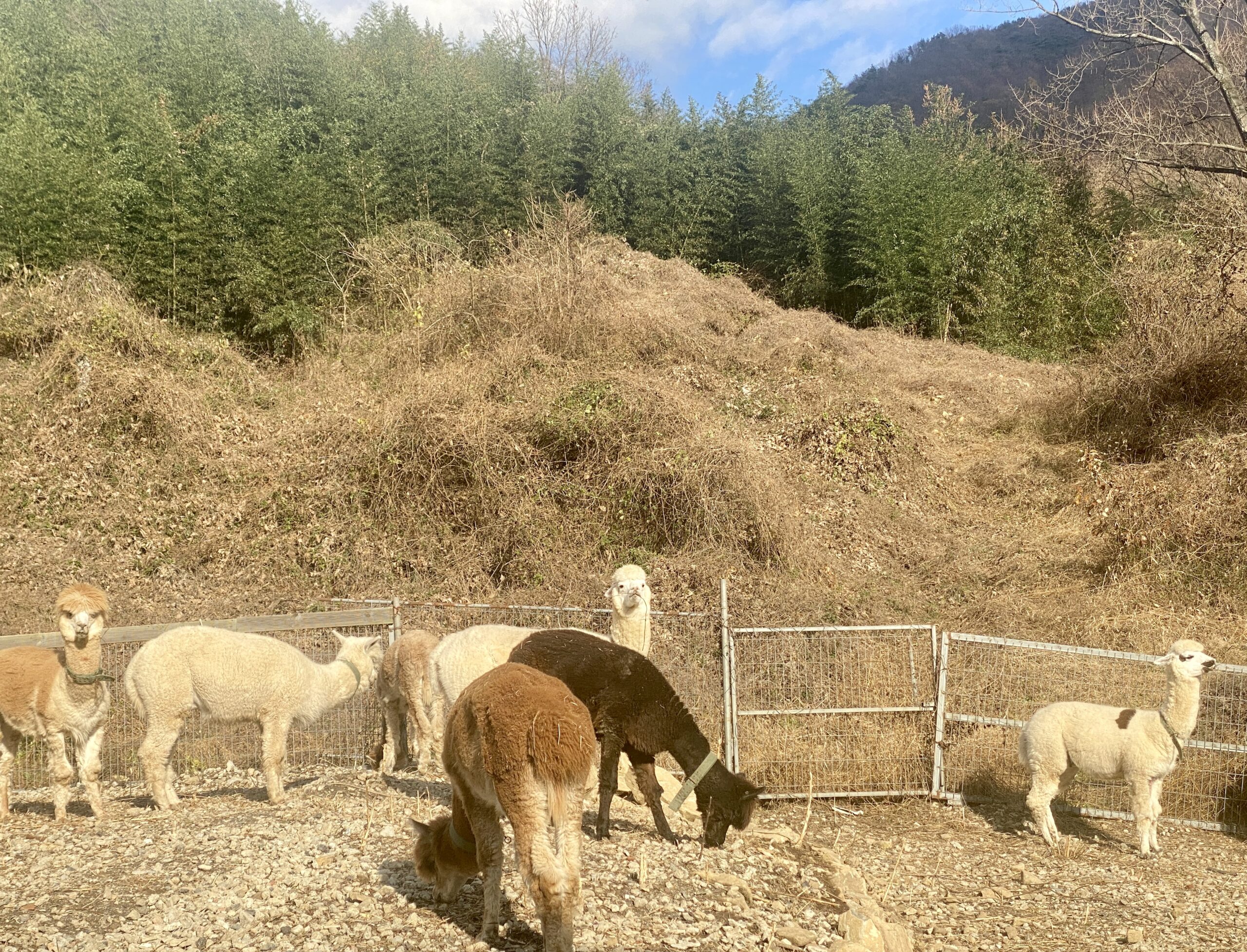In Beijing
I think I’m being watched. Actually, I know I am. On a busy Beijing subway, curious couples gently nudge each other, before covertly (or so they think) peeking in my direction. Outside the Tiananmen East Station, I feel the heavy gaze of a rather large pair of eyes. A huge portrait of Chairman Mao looms above me. Beside him the inscription reads: “Long Live the People’s Republic of China.”
This portrait hangs outside one of Beijing’s most popular tourist spots, the Forbidden City, a colossal palace complex built in the 15th century. So called because it was off-limits to the public for 500 years, the name no longer applies as tourists swarm the palaces each summer, the fluttering of camera shutters signaling their arrival. In the palatial grounds, the sprawling landscape of imperial architecture earns the admiration of its many visitors. Gold dragons perch upon multi-colored and elaborately patterned roof tiers, the upturned eaves of which slice through the lush greenery of Beihai Park, where swan-shaped pedal boats slowly circle the serene lake.
In front of the Forbidden City lies Tiananmen Square, a space with a reputation that hangs unsteadily between fame and infamy. Not a single placard or memorial mentions the massacre that took place in 1989. In contrast, the ten-story Monument to the People’s Heroes casts its great shadow across the pavestones in honor of “the martyrs of revolutionary struggle during the 19th and 20th centuries.” These are, of course, only those revolutionaries deemed acceptable by the Chinese government.
Although proudly proclaimed as one of the largest public squares in the world, Tiananmen clearly does not belong to the public. Not only does Mao’s portrait peer eerily across the square from the walls of the Forbidden City, but his embalmed body is on view in the square’s Chairman Mao Memorial Hall. Queues outside the mausoleum begin as early as 6 a.m. for those who wish to see his body draped in dramatic blood-red. Across the square, CCTV cameras unashamedly adorn every pillar and post. Later in my hotel room, I discover that the national Chinese television company is, in perfect irony, named CCTV. Adding to the constant feeling of surveillance is the incredible military presence in this area (and in many other parts of Beijing). Soldiers parade at every turn—sometimes marching, sometimes running, always shouting. Despite my ignorance of Mandarin, their message is clear to me: “We are watching you.”
To the east of the square, the grandiose National Museum of China houses exhibitions of both Chinese and foreign art. I saw, for instance, a collection of Florentine paintings, and another of African sculptures borrowed from the British museum. Most interesting, though, was the Great Leader’s portrait gallery. Here a young Mao sits in a dark room hatching plans by candle light. A contemplative Mao stands on a cliff-top. Mao leads armies, builds bridges and crosses rivers. As you exit the room, Mao and Stalin walk side by side down a long and seemingly endless red corridor. Subtle these paintings are not, and the message is clear once again.
Outside of Beijing city, I take a three–hour bus journey to visit another site not famed for its subtly, but rather for its conspicuousness: the Great Wall of China. Set against a backdrop of rolling green hills, the twists and turns of the wall punctuated by the once-occupied watchtowers would merit a gasp from even the best-travelled tourist. But despite its beauty, the dark history of the wall is present in every crack. Inside the wall, our guide tells us, the bones of many laborers—murdered when they got too old or sick to work—are packed in alongside the giant slabs of rock they worked so hard to put together. At another part of the wall, one that looks more than a little worse for wear, our guide informs us that it was damaged by those who tried to destroy the wall during the Cultural Revolution. The reason, he tells us, was as a means of completely annihilating old ways of thinking.
Back in the city and coming towards the end of my trip, in the Beijing subway again, I see a large crowd. Security guards shout at the mob to move on but steadfast they remain. The tension in the station is palpable. The crowd is gathered around a television screen. Chinese athlete Liu Xiang is about to run the 110 meter Olympic hurdles. The whistle blows. The hurdlers leap forward. The Chinese athlete immediately trips and falls. Four years of Olympic hopes over in a flash. The crowd cries out in anguish and in seconds they disperse. Nothing to see here now—except me. I feel curious eyes fall upon me once again.







